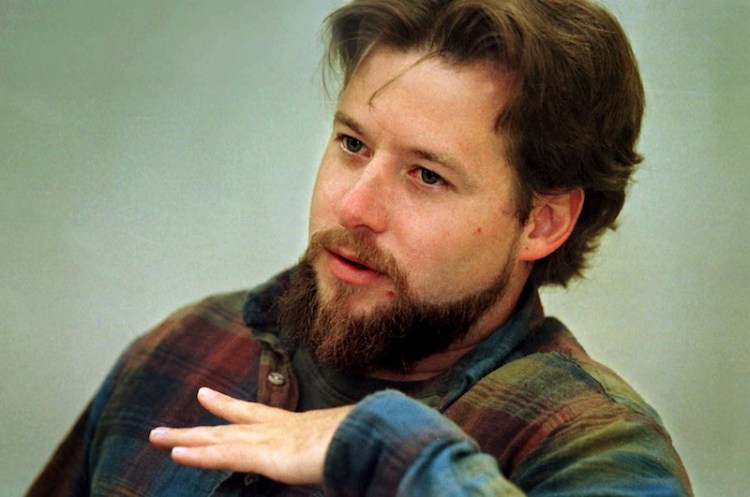LINCOLN, Neb. — An author who sued the state for access to a serial child killer’s prison drawings didn’t show good cause under state law for inspecting and reproducing the drawings, the Nebraska Supreme Court ruled Friday.
The ruling reversed a Lancaster County District Court judge’s decision last year ordering the Nebraska Department of Correctional Services to grant Mark Pettit access to drawings of John Joubert, whom Nebraska executed in 1996.
Pettit, of Atlanta, has sought for more than 25 years two drawings created in prison by Joubert. Pettit is a former Omaha reporter and author of “A Need to Kill: The True-Crime Account of John Joubert, Nebraska’s Most Notorious Serial Child Killer.”
Joubert was convicted of fatally stabbing two Bellevue-area boys, ages 12 and 13, weeks apart in 1983. Following his conviction in Nebraska, a jury in Maine found him guilty in the 1982 slaying of an 11-year-old boy whose body was found next to Interstate 295 in Portland. The boy, Richard “Ricky” Stetson, disappeared after going out running.

Richard Stetson was murdered in Portland in 1982 at age 11 by serial killer John Joubert, who was executed in Nebraska.
Pettit had contended the public has a compelling interest and a right to see the drawings, which he and others say graphically depict Joubert’s fantasies about killing children. The Sarpy County Attorney’s office, which prosecuted Joubert, had supported the release of the drawings to Pettit.
Prison system officials have refused, citing state confidentiality laws, and appealed the lower court’s order to release the items to Pettit.
On Friday, the state’s high court cited Nebraska law, which deems prisoner files as confidential and forbids them to be open to public inspection “except by court order for good cause shown.” The question, the high court said, is whether Pettit established a logical or legally sufficient reason to have access to the drawings.
“We conclude that he did not,” Justice William Cassel wrote for the court. “In essence, Pettit and the Sarpy County Attorney … believed that the drawings had historical value and that the public had a right to know about the drawings. But as we have already explained, this is not an ‘open records’ provision. Thus, their views or opinions cannot enlarge the purpose defined by the statute or detract from the statutory prescription of confidentiality.”
Pettit did not immediately respond to a message left Friday through his attorney.
The Nebraska Attorney General’s Office lauded Friday’s decision. “The Supreme Court has validated our reasons for appealing the district judge’s order,” said Suzanne Gage, a spokeswoman for the office.
Portland Press Herald Staff Writer Edward D. Murphy contributed to this report.
Send questions/comments to the editors.



Success. Please wait for the page to reload. If the page does not reload within 5 seconds, please refresh the page.
Enter your email and password to access comments.
Hi, to comment on stories you must . This profile is in addition to your subscription and website login.
Already have a commenting profile? .
Invalid username/password.
Please check your email to confirm and complete your registration.
Only subscribers are eligible to post comments. Please subscribe or login first for digital access. Here’s why.
Use the form below to reset your password. When you've submitted your account email, we will send an email with a reset code.